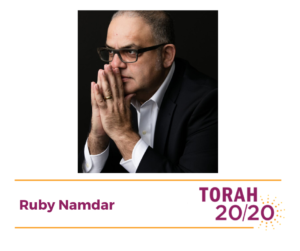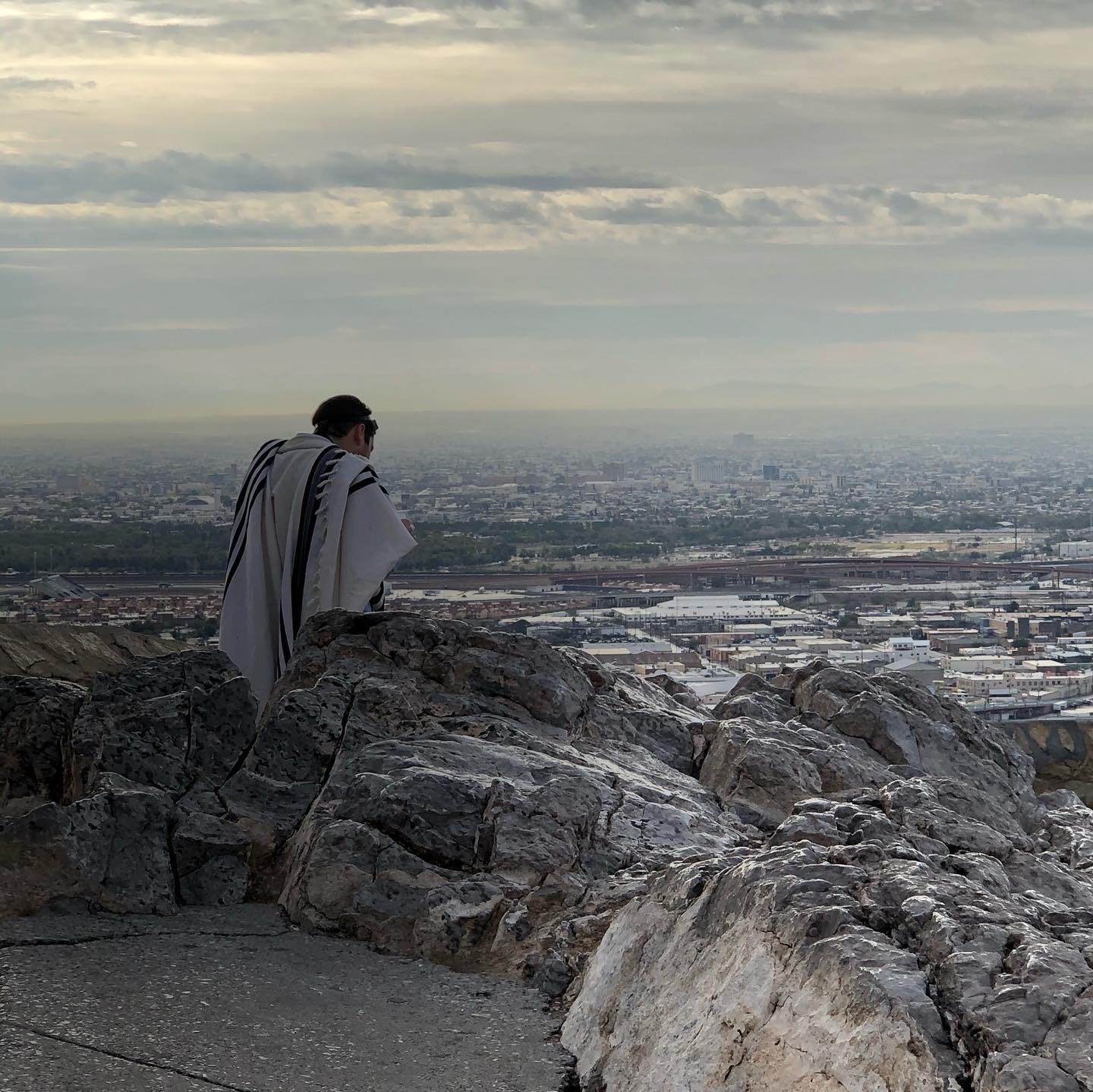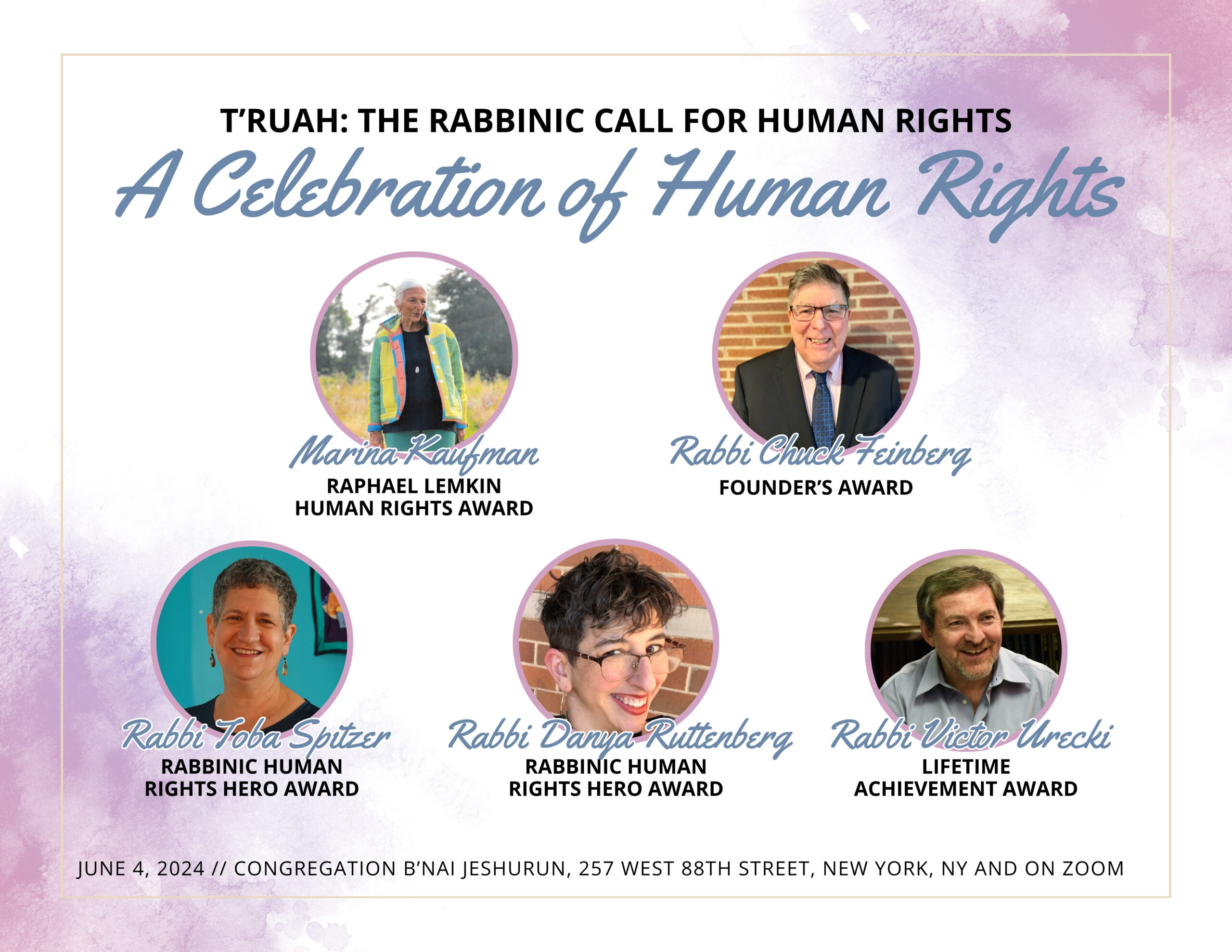A d’var Torah for Parshat Tzav by novelist Ruby Namdar.
It was so long ago, but I still remember it with shocking clarity: the high pitched squealing of the birds; the rattling of their dying bodies in the stainless steel containers into which they were inserted after the slaughtering; the long, red beard of the Shochet, the ritual slaughterer; the nightmarish sight of blood everywhere. It was a crisp, early morning, on the eve of Yom Kippur. I was led by my father to the an old market in Jerusalem for my first Kapparot, the ritual slaughter of chickens evoking the early days of our faith and the animal sacrifice that was at the center of religious life in ancient Israel. What surprises me most is that in spite of it being horrific, it is also a very fond memory. I never felt so alive as I did in those dreamlike moments. The horror was there, very vivid and present — but somehow, I could not take my eyes off of it. It was mesmerizing, and filled me with a strange sense of adventure and vitality. There is another memory attached to it: following my father up some steep stone staircases, knocking on rickety doors and handing the poor, lonely widows that dwelled in those ancient, cavernous residences a freshly plucked chicken for their pre-fast chicken-soup supper. I carry these moments with me to this day; they are some of my most tender memories.
Sign up to receive Torah 20/20 in your inbox each week.
Sacrifice is at the heart of Parshat Tzav, and the book of Leviticus in general. The Torah portion recounts in great detail the various sacrifices and the precise procedure of their offering. Few notions are as alien, and alienating, to most modern Jews (religious, traditional, and secular alike) as the one of animal sacrifice. It’s viewed as a primitive practice that has very little relevance to our religious and spiritual life today. But to me, it is a great source of artistic inspiration. The ancient shamanic rituals of our people, as described in the Torah portion, are highly choreographed and strangely captivating. My favorite is the mysterious rite of ordaining the priests:
“Moses took of the blood thereof, and put it upon the tip of Aaron’s right ear, and upon the thumb of his right hand, and upon the great toe of his right foot. And Aaron’s sons were brought, and Moses put of the blood upon the tip of their right ear, and upon the thumb of their right hand, and upon the great toe of their right foot; and Moses dashed the blood against the altar round about.” (Leviticus 8:23-24)
At this moment, the priest and the beast become one, marking the thin line separating the person who offers the sacrifice from the offering itself. This image, much like my distant childhood memory, sears itself into the memory, fertilizing the soul in a way that no sober argument or rational modern practice can do.
Find more commentaries on Parshat Tzav.
There is more. Sacrifice is often portrayed as the pitiful effort of mortals to appease the great forces of the universe with their meager gifts. But the notion of sacrifice is much more sophisticated and interesting, and is by far more relevant to our contemporary spiritual endeavors than we might think. Sacrifice is a way for us, humans, to gain a sense of agency. It is a tool for intervention, a way for us do our share in restoring the cosmic balance. The Torah relays to us the existence of a hidden cycle of life, blood, and vitality. Every spilled drop of blood is accounted for in the hermetically-moral universe of scripture. The Kohen, the priest, preserves this tight economy of life and blood by offering parts of the sacrifice up high, sending others (namely the blood) to the depths of the earth, where it returns to its original source, and feeding the rest to the community, including the homeless, the poor, and the stranger who has no land or property of their own. Sacrifice is the embodiment of mindfulness, food justice, and social responsibility. In a time when humanity is feeling (and sadly, often failing) the need to assume such responsibility, the language and symbolism of sacrifice suddenly seems refreshingly contemporary.
Ruby Namdar is an Israeli-American author born and raised in Jerusalem to a family of Iranian-Jewish heritage. His latest novel, The Ruined House (2013), won the Sapir Prize, Israel’s most prestigious literary award. The English edition (translated by Hillel Halkin) was published in the US by Harper Collins in November 2017 and was named “A masterpiece of modern religious literature” by the New York Times. He currently lives in NYC with his wife and two daughters, and teaches Jewish literature, focusing on Biblical and Talmudic narrative.


